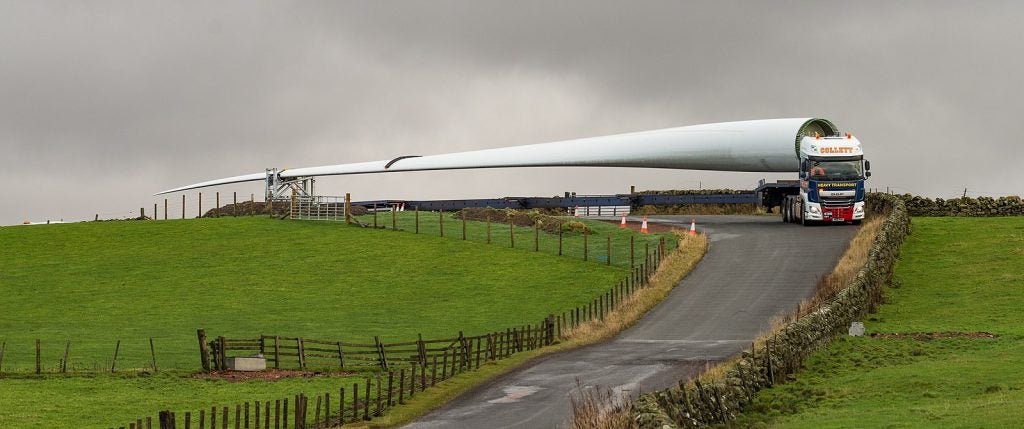This question was supplied by the ‘Ask the Experts’ database managers.
Reviewed by: Jen McCann
Last Update: March 30th, 2020
The primary benefits to installing turbines offshore rather than on land is access to
higher wind speeds and more available space.
Offshore winds are produced at a greater and more consistent speed than on land. This results in a larger amount of electricity produced per turbine1. Further, wind turbines require a lot of open space. This can be difficult to secure in densely populated coastal land areas.
Another advantage to building offshore wind turbines is the potential for marine transport. Building onshore wind turbines requires the 250-ft blades to be transported across land which often disrupts traffic and infrastructure. On the contrary, offshore wind presents the potential for turbine parts to be shipped directly from Europe without ever coming in contact with land in the U.S.
The figure below illustrates a 2015 image of the UK’s Largest Onshore Turbine Blade being transported to Muirhall Wind Farm, South Lanarkshire.
UK’s Largest Onshore Turbine Blades, transport to Muirhall Wind Farm, South Lanarkshire
More Information About Offshore Wind
Sources
[1] https://www.boem.gov/sites/default/files/documents/renewable-energy/BOEM_FactSheet-Renewable-2-26-2020.pdf
